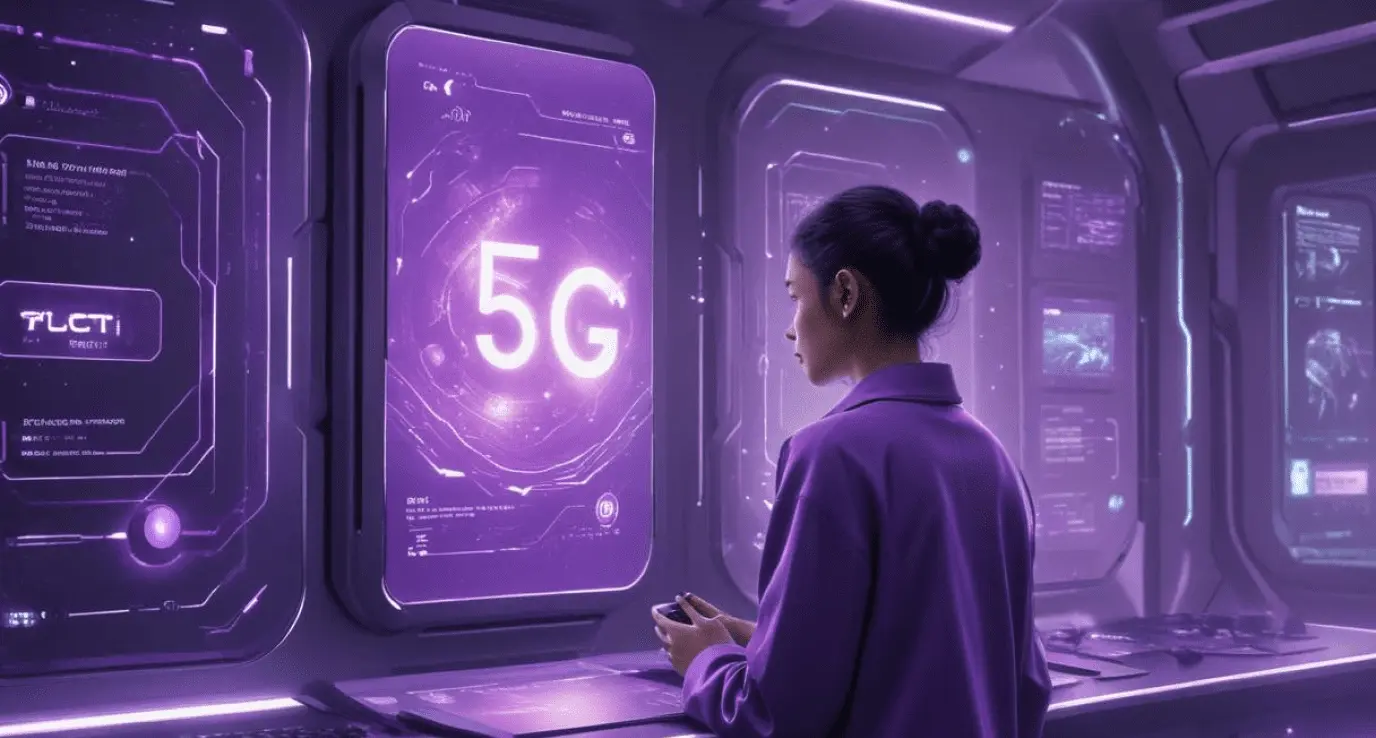Tech Trends and Innovations
How 5G is Revolutionising User Experience Design
The rollout of 5G technology is set to revolutionise user experience (UX) design, offering unprecedented speed, connectivity, and responsiveness. This next-generation network is paving the way for more immersive and seamless digital experiences. Here’s how 5G transforms UX design and what we can expect shortly.
Instantaneous Interaction
One of the most significant benefits of 5G is its ultra-low latency, which will allow for nearly instantaneous interactions on digital platforms.
- Real-Time Feedback: Users will experience real-time feedback and updates, making interactions with websites and apps smoother and more intuitive.
- Enhanced Responsiveness: The speed of 5G will reduce load times and improve the overall responsiveness of digital interfaces, leading to a more fluid user experience.
Immersive Augmented Reality (AR)
5G will enhance the capabilities of augmented reality (AR), allowing for more immersive and interactive digital experiences.
- Real-Time AR Applications: With 5G, AR applications will provide real-time overlays and interactions, making integrating digital elements into the physical world easier.
- Seamless Integration: UX designers will have the opportunity to create more seamless and engaging AR experiences, whether for shopping, gaming, or learning.
Advanced Mobile Experiences
The speed and reliability of 5G will transform users’ interactions with mobile devices, enabling more sophisticated and dynamic mobile experiences.
- Cloud-Powered Apps: With 5G, apps can offload processing to the cloud, allowing for more complex features and functionalities without burdening the device’s hardware.
- High-Quality Media: Users can stream high-definition media content on the go without buffering, enhancing the mobile entertainment experience.
Personalised and Adaptive Interfaces
5G will enable more personalised and adaptive user interfaces, allowing websites and apps to adjust based on user behaviour and preferences in real-time.
- AI-Driven Personalization: UX designers will leverage AI to create interfaces that adapt to individual user needs, offering a more tailored and engaging experience.
- Context-Aware Design: Interfaces will become more context-aware, adjusting layouts and content based on location, time of day, and user activity.
Connected Devices and IoT Integration
5G will also be crucial in integrating connected devices and the Internet of Things (IoT), enhancing the overall user experience across different platforms.
- Unified Ecosystems: UX design will evolve to create unified ecosystems where devices and applications communicate and work together seamlessly.
- Smart Home Interactions: Integrating IoT devices with 5G will allow for more intuitive and responsive smart home interactions, making daily life more convenient.
Conclusion
The advent of 5G technology is set to revolutionise UX design, bringing about a new era of connectivity, speed, and innovation. From real-time interactions to immersive AR experiences, 5G will transform how users engage with digital platforms, creating more dynamic and personalised experiences.

